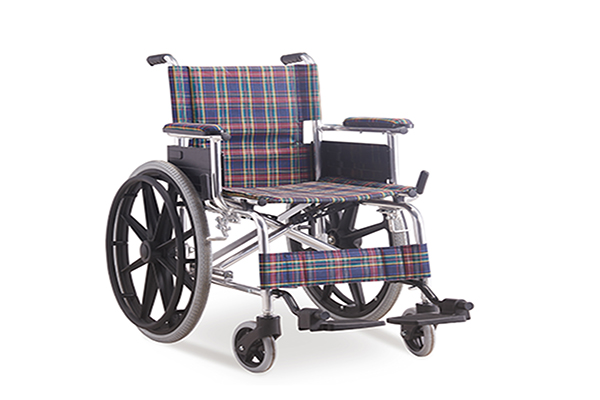The key distinction is in how each of these chairs is propelled forward.
As previously mentioned, lightweight transport chairs are not designed for independent use. They can only be operated if a second, able bodied person pushes the chair forwards. That said, in some circumstances, a transport chair can be used as a makeshift walker if the primary user is able bodied enough to stand behind and push the chair forward.
Wheelchairs allow for completely independent use even if an individual is paralyzed from the waist down. If their arms are functional, a person can propel themselves without assistance. This is why wheelchairs are the superior choice in most environments, and for most people. The only time a transport chair is a better option is when navigating a narrow or hard to access area, or if the user has upper body weakness.
For example, transport chairs may be a better choice when travelling on things like trains, trams or buses. They can usually be folded, unlike many standard wheelchairs, and made narrower to slip down aisles and over single steps. On the whole, however, a wheelchair is still the superior option for anybody who wants to move around truly independently.
Both wheelchairs and transport chairs are effective ways to increase mobility and convenience for disabled people and their caregivers. Knowing the differences between the two and considering the needs of both the user and caregiver should aid in the decision to purchase one or the other, or both.
It’s also worth noting that wheelchairs come with more customization options than transport chairs – primarily because there is a higher demand for them as a long-term companion.
Post time: Aug-17-2022






